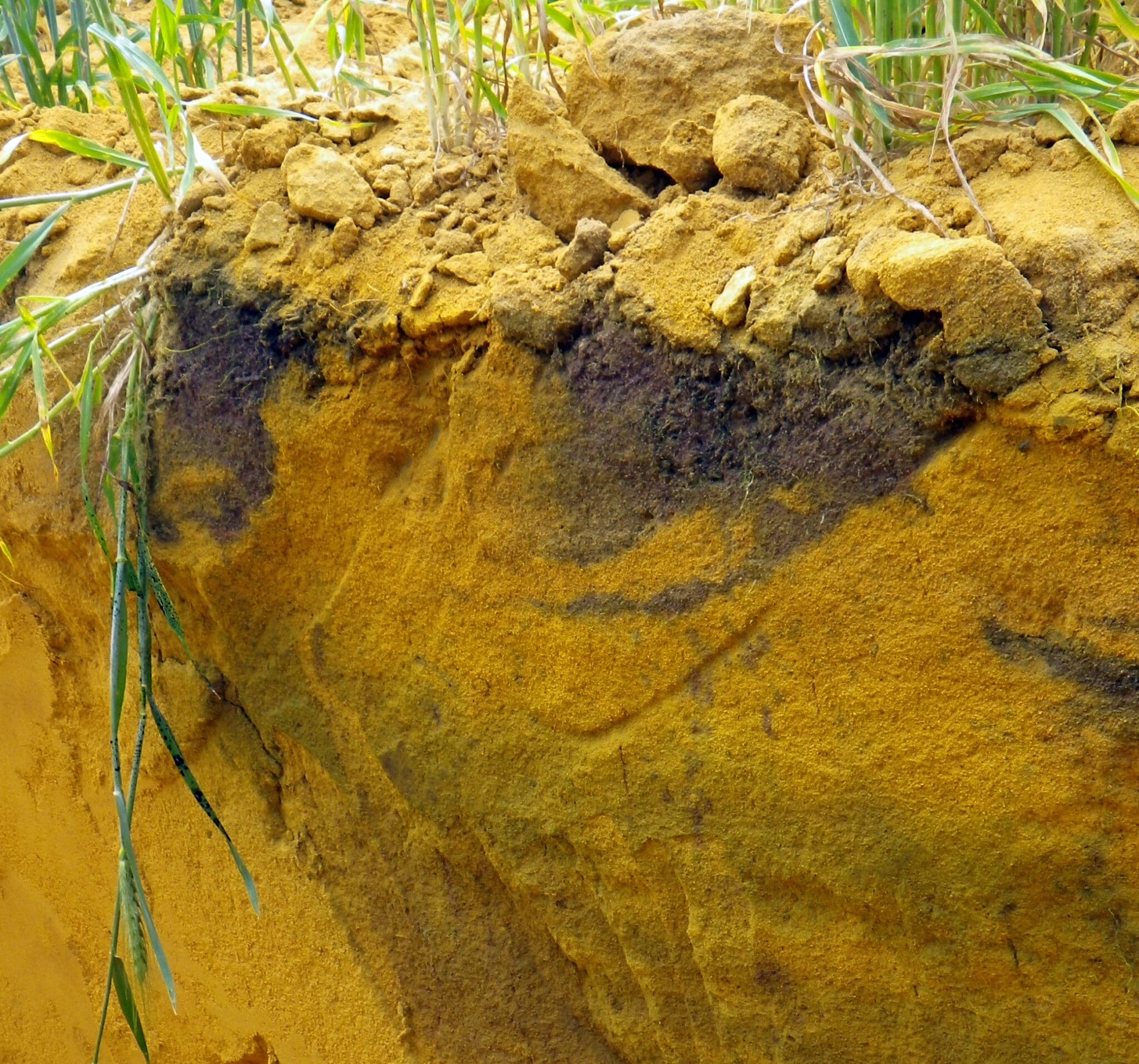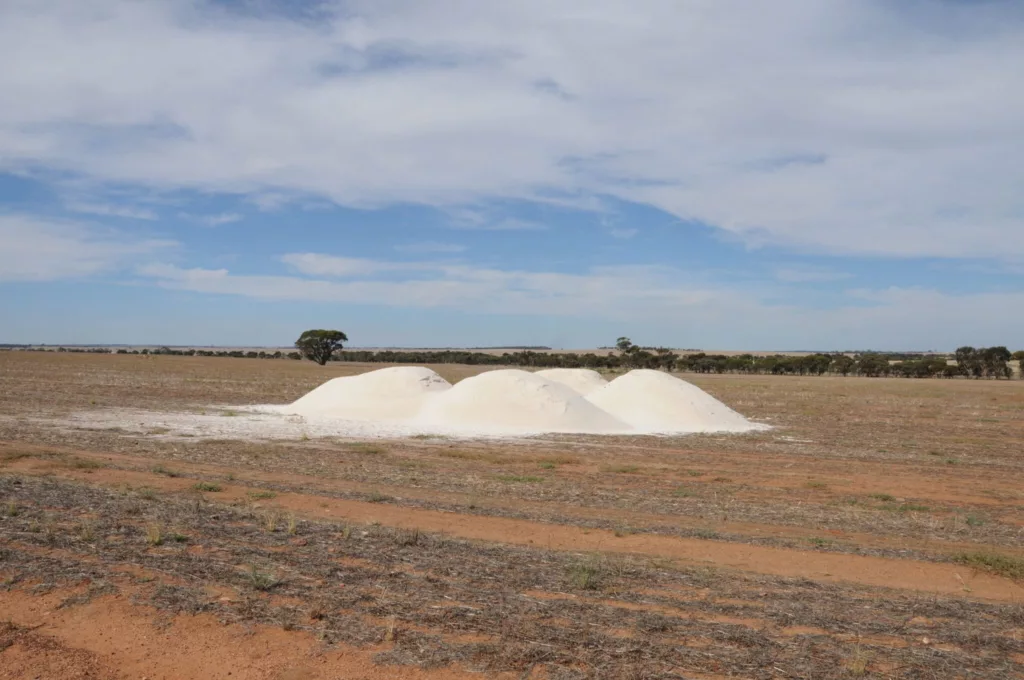PROJECTS
Innovative approaches to managing subsoil acidity

PROJECT DETAILS
Status
Duration
Collaborators
- Department of Primary Industries and Regional Development
- Grains Research and Development Corporation
- Royalties for Regions
- The University of Western Australia
Project team
- Chris Gazey
- Gaus Azam
- Craig Scanlan
- Daron Malinowski
- Paul Damon
- Zed Rengel
- Brian Hughes
- Brett Masters
- James Fisher
Project overview
Subsoil constraints cost WA growers more than $600 million each year in lost production (Herbert 2009). These include acidity, nutrient disorders (deficiencies, toxicities), compaction, sodicity, waterlogging and salinity. Often one or more of these constraints are present and can decrease root depth and function to the extent that yield penalties are incurred. Current diagnostics are often insufficient or cost prohibitive on a large scale. Being better able to predict the extent and severity of these constraints, as well as the evidence in ameliorating these soils would enable growers to more confidently and accurately identify and assess management and/or mitigation options for their circumstance.
The project achieve state-wide coverage through partnerships with grower groups and extension specialists in the northern (Liebe, West Midlands, Mingenew Irwin Groups), central (MADFIG, Kellerberrin, Bodallin, Facey, Corrigin, LIFT) and southern (RAIN, SEPWA, FBG, Stirlings to Coast, North Stirlings, Bugs and Biology) wheatbelt of WA.

How is the research being used?
- Where sufficient lime has been applied for long enough, soil pH profiles can be recovered or maintained at or above minimum pH targets.
- The extent and severity of subsoil acidity is greater in sandy soils where little or no lime has been applied.
- The amelioration of soil acidity provides protection to the soil resource. By increasing the production biomass soil cover is increased, water loss and leaching of nutrients due to poor root growth is also reduced with potential off-site environmental benefits.
- If left untreated soil acidification, particularly in sandy soils, will continue to impact on the profitability of dryland agriculture.




